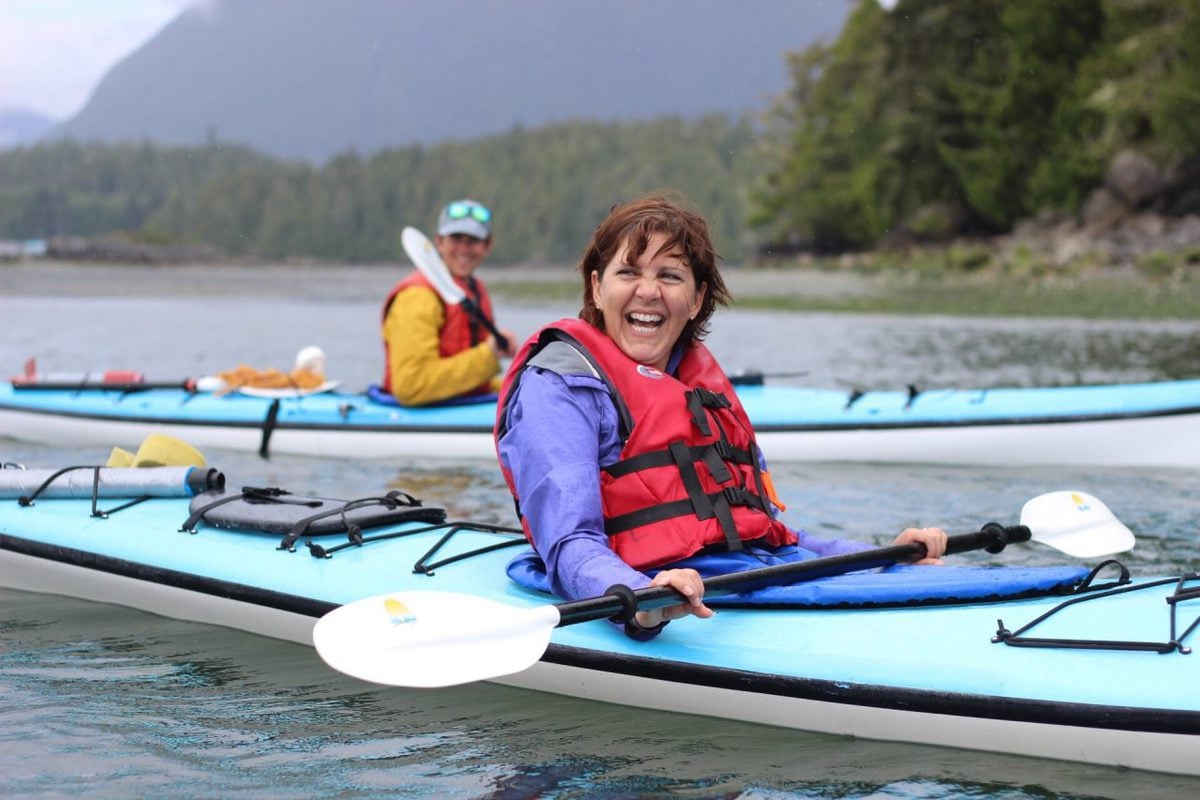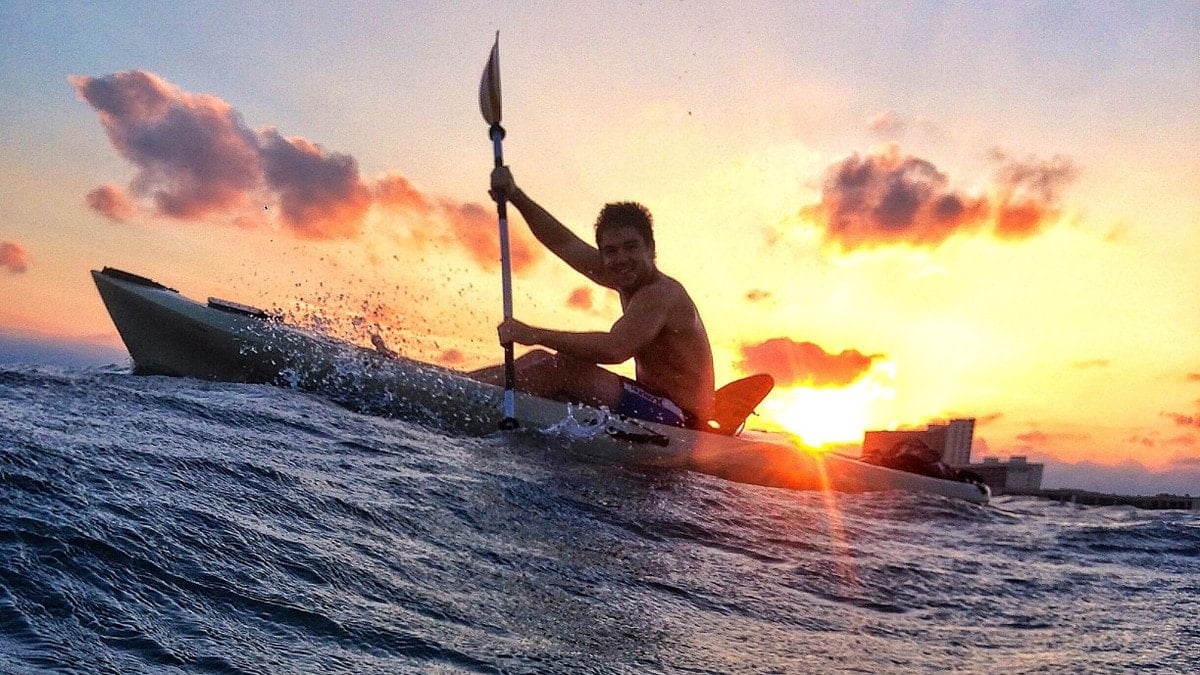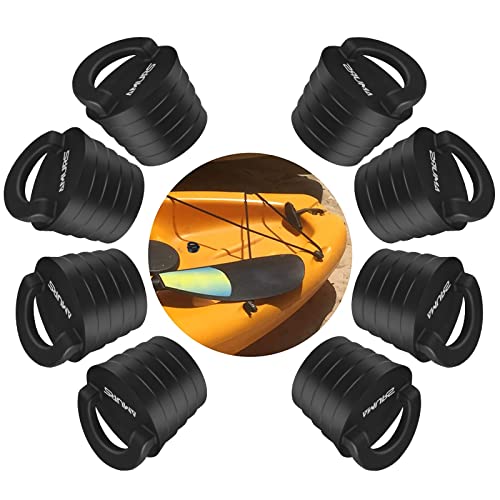Are Short or Long Kayaks Better? (Stability, Safety, Speed)
If you are looking to purchase a kayak, it is likely that you are finding it to be an overwhelming experience. There are many factors to considering when buying the appropriate kayak for your intended uses, and choosing the right length is a great place to start.
You likely know that your size and weight will ultimately determine what length of kayak you will need, but there are many more factors to consider when purchasing the perfect kayak for you.
Are Short or Long Kayaks Better? (Stability, Safety, Speed)
Kayaks come in three length classes, Recreational, Light Touring, and Touring, with Recreational kayaks being 12’ and under and Touring kayaks being 16’ and longer. While all kayaks will be fairly safe and stable depending upon your weight, touring kayaks will be the fastest whereas recreational kayaks will be the most maneuverable.
If you want to learn more about the different lengths of kayaks and what considerations you need to make when choosing the correct model for your body type and intended activities, keep reading.
We will break down the pros and cons of each type of kayak and help you come to the right decision for you and your family.

The Three Length Classes of Kayaks
As we mentioned in our intro, kayaks traditionally come in three different length categories based on the intended use. These categories are recreational, light touring, and touring. To begin, we are going to break down the differences in these three kayaks to give you a better idea of what your options are.
Recreational Class Kayaks
Recreational Kayaks are your shortest kayaks. They come in at 12’ and under in length. These kayaks are great for traversing narrow waterways and other situations where you need a lot of maneuverability and the ability to make tight turns.
An additional advantage of a recreational kayak is that it is much easier to handle on dry land. It will be easy to load on top of almost any vehicle, as well as unload and get out unto the water. The largest kayaks out there will be a two-person job, whereas a recreational kayak will be no problem to take out on its own.
These kayaks are very stable, but they are not built for speed. They are ideal for short trips and flatwater. It is even possible to find recreational kayaks with a cockpit large enough for an adult and a small child, making them a great option for families.
Light-Touring Class Kayaks
These middle-of-the-road kayaks are between 12’ and 16’ long and are 22 to 25 inches wide. They are very stable and will be a bit faster than recreational kayaks.
For larger individuals, a Light-Touring kayak may be a better choice than a recreational kayak so that there are enough stability and flotation for the weight and center of gravity of that individual.
It is important to be aware that these kayaks are heavier than recreational kayaks, so it will take more effort to get them loaded and unloaded from your vehicle and into the water and back.
These kayaks are still great for amateur kayakers, as are the recreational class kayaks, so do not fret if you are looking for a great kayak for beginners.
Touring Class Kayaks
These large kayaks are over 16’ in length and are 22 or fewer inches wide. If you were reading carefully, you will see that these kayaks, despite being much longer than a light-touring class kayak, are actually thinner than light-touring.
The combination of length and thinness makes this class of kayak built for speed, making them excellent for longer multi-day trips and traversing long distances. These will be the heaviest kayaks, so they will take some maneuvering to load and unload. There’s no doubt about it, these kayaks are built for expert-level excursions.
Factors to Consider When Choosing Your Kayak Length
Now that we have covered the three different length classes of kayaks and what each type is good for, there are a few considerations you must make in order to choose the correct kayak for yourself. It is also important to recognize that there is some variation in length and weight in each category of kayak.
Your local sporting goods or outdoor adventure store should be able to help you look at different models and brands to make your final decision. Nevertheless, after reading this article, you will seem like a knowledgable pro who knows what they’re looking for, and you won’t be left floundering.
Here are the four factors you should consider and answer before going to your local store and choosing the perfect kayak:
Speed
Honestly speaking, slight variations in speed are not going to give you a much different feel when on the water. We aren’t talking car or speed-boat speeds, here. Instead, you need to think of speed in terms of intended use, and if a slightly faster vessel is going to make your experience a more enjoyable one.
If you are looking to leisurely paddle around beautiful scenery while you go on outdoor adventures, you don’t need to worry about having a fast kayak, and a recreational class or light-touring class will do you just fine.
If you are looking to travel many miles in a singular day or are wanting to race your kayak down a river, you are going to need a light-touring or touring class kayak.
Maneuverability
For maneuverability, you need to think about the environments you plan on taking your kayak to. You will need to think about the number of obstacles in your intended bodies of water.
Open rivers and lakes will not have many obstacles, so a light-touring or touring class kayak will be perfect for these scenarios.
If you are planning on taking your kayak through rivers and streams with a lot of rocks and other obstacles, a recreational class kayak that is easily maneuverable will be your best bet.
Your Size
Safety is always going to be a primary concern, so even if you think a recreational class kayak is screaming your name, it is possible if you are on the larger side that you will need to jump up in length to a light-touring class kayak.
It is also important to think about mobility when you are looking at sit-in kayaks. If you feel stuck in the kayak, this can be very dangerous if the kayak capsizes for any reason. You should not have difficulty exiting the kayak.
These issues are why it is important to go in sit in a few kayaks at your local store before you make a final decision. If you need to bump up to a light-touring kayak when you wanted a recreational kayak, for instance, your local store can help you find one that has more features as a recreational class kayak and still provides the safety you need.
Storage
The final consideration you need to make is storage. If you are planning on taking your kayak on full-day, weekend, or week-long trips, you are going to need more storage than if you are planning on going out for only a few hours.
When planning on storage, you need to factor in weight as well. Have a rough calculation of what all your gear will weigh before you begin narrowing down your kayak options.
Another storage consideration is that of the kayak itself, as well as transportation. Make sure you know the maximum length of kayak that you can transport safely on top of your vehicle as well as store in your garage. You don’t want to order a giant touring class kayak only to find you can’t store or transport it.

Next Step: Other Kayak Considerations
You should be well on your way to choosing the perfect length of kayak for yourself. However, the length is only half of the battle. When it comes to stability, safety, and speed, you also need to consider hull shape
The shape of the hull is also going to determine what activities you will be doing safely with your kayak. A kayak intended primarily for whitewater is going to have a much different hull than one that is intended for fishing out on open water.
Here is a quick list of hull shapes and what they are good for to get you started:
Flat Hull
This is one of the best hull shapes for beginner kayakers. This hull is very stable and easy to maneuver, reducing the risk of capsizing. Because of its stability, this is also a great hull for fishers.
Rounded Hull
The rounded shape of this hull allows it to tip pretty far either direction without the risk of capsizing. This hull is therefore great for rough waters. It actually helps increase speed and maneuverability in these types of environments. However, its actually going to feel less stable in calm waters.
V-Shaped Hull
This one is going to be difficult for beginners to manage as it does not feel very stable and is difficult to steer. This traditional kayak hull increases the speed of kayakers going in a straight line, making it a great option for people who are racing in calm open bodies of water or traversing long distances.
Pontoon Hull
This one is great for beginners, especially children. It provides the most stability of any hull option, and it is very easy not to capsize. This one won’t be a great choice if you are intending using it for long distances or highly technical waters, but it is great for leisurely fun out on the lake.



